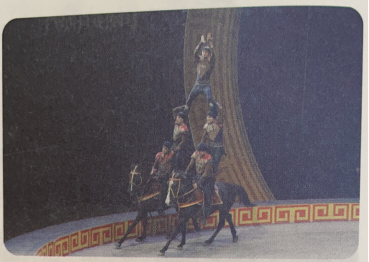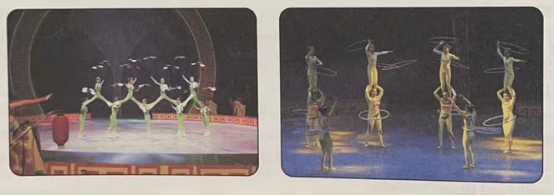申报地区:洛龙区 2020年08月 第5批

百戏,是古代对民间表演艺术的泛称,是民族文化的灿烂瑰宝。孕育于中华民族的母体文化一一河洛文化之中,滥觞于远古的各类祭祀活动,父系社会私有制下的战争和第三次社会分工催化了百戏的发展,最早的文献记载形成于先秦时代,“百戏”一词,语出《汉文帝纂要》。汉文帝将古代民间艺术泛称为“百戏”,一直沿用至今。及至隋唐时期,百戏最为繁荣,宋、明、清时代一直保持了百戏的繁荣。百戏以杂技和魔术艺术形式最为常见,在各个历史时代不断发展,开枝散叶,衍生出了多种艺术门类和品种,现在已成了所有表演艺术的代名词,如曲艺、戏曲、舞蹈、音乐、歌曲等包含在其中。

Baixi (Acrobatics), a general's ancient folk performing art, is the splendid treasure of national culture. Born in Heluo culture, the maternal culture of the Chinese nation, it originated in various types of sacrificial activities in ancient times. The war under the private ownership of the patrilineal society and the third social division of labor catalyzed the development of acrobatics. The earliest documentation of acrobatics was formed in the Xia Dynasty. The term"Baixi" was referred to the ancient folk art by Emperor Wen of the Western Han Dynasty, which has been used to this day. Acrobatics was the most prosperous in the Sui and Tang Dynasties, and maintained its prosperity in the Song, Ming and Qing Dynasties. Baixi was commonly played in the form of acrobatics and magic arts, and had continuously developed in various historical eras, generating a variety of art categories and varieties. Now Baixi has become synonymous with all performing arts including Chinese folk art forms, Chinese operas, dances, music, songs and so on.
